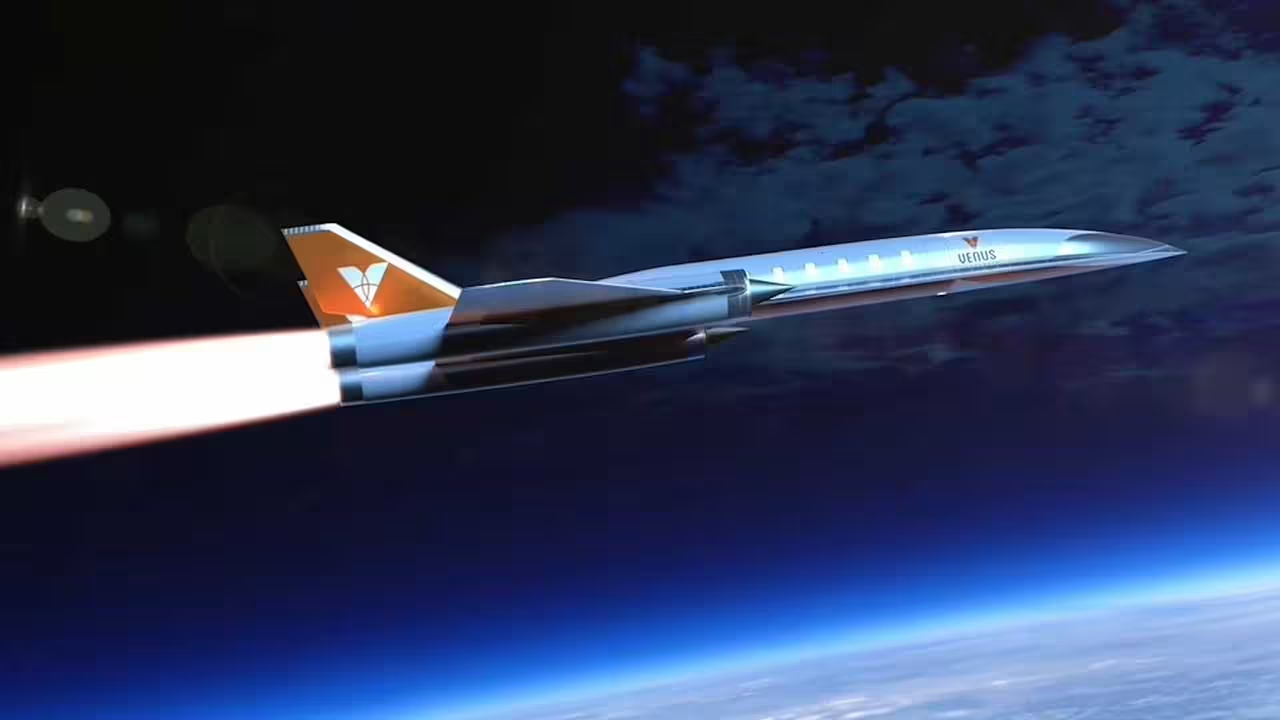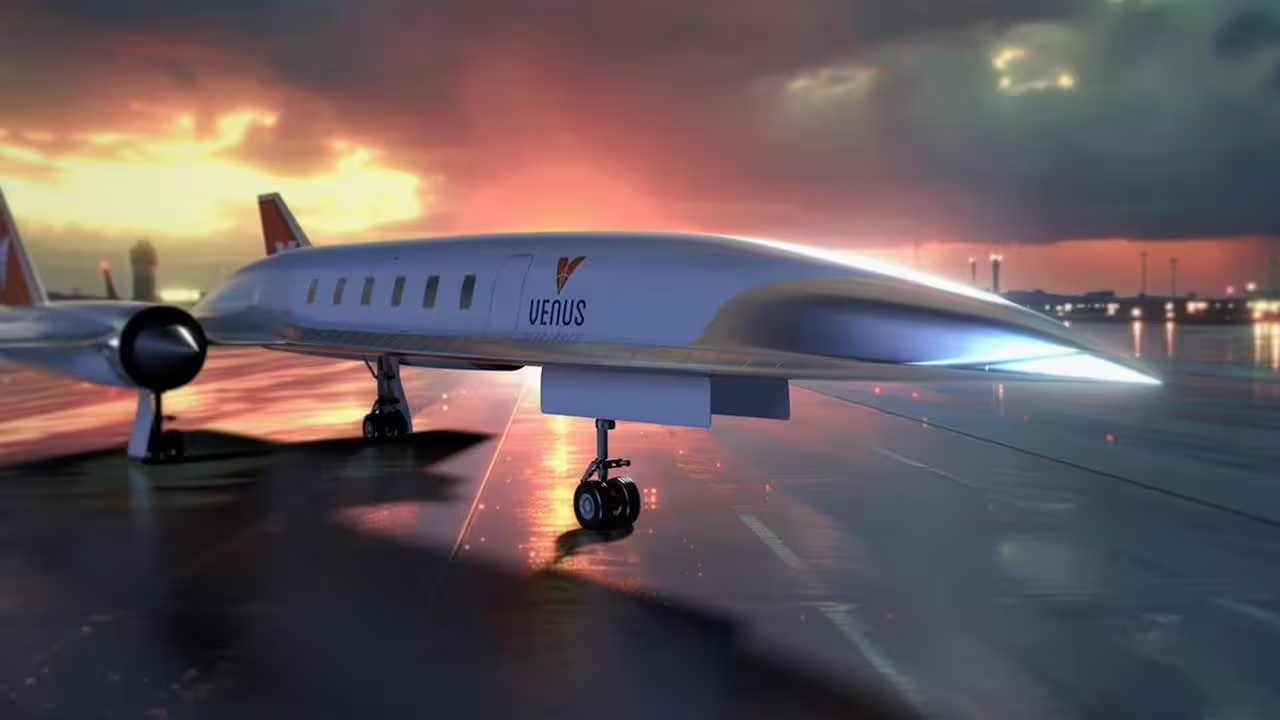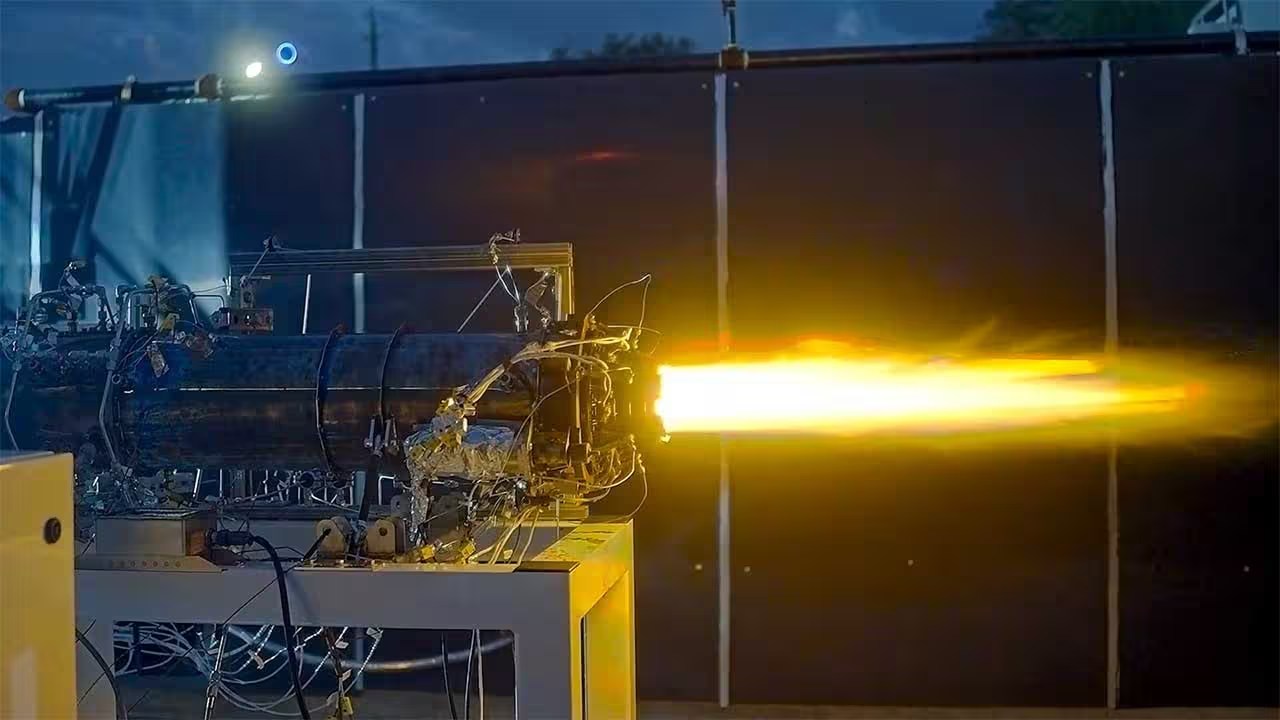3 Minutes
Venus Aerospace Sets the Pace for Commercial Supersonic Air Travel
In a bold stride toward the future of high-speed aviation, Texas-based aerospace startup Venus Aerospace has successfully tested its Rotating Detonation Rocket Engine (RDRE), marking a pivotal milestone in the development of its StarGazer M4 supersonic passenger jet. This innovative aircraft aims to revolutionize global travel, potentially reducing the flight time from Los Angeles to Tokyo from nearly 12 hours to under two.

Breaking Barriers: The Next-Generation Propulsion System
Historically, supersonic flight has been almost exclusively reserved for military applications. However, Venus Aerospace is challenging this status quo by introducing breakthrough propulsion technologies designed for both civilian and defense markets. The StarGazer M4 leverages a powerful combination of the RDRE and the air-breathing VDR2 ramjet, allowing the jet to reach incredible speeds of up to Mach 6, or approximately 7,400 km/h—without relying on moving parts typically found in conventional jet engines.

One of the most remarkable aspects of this propulsion system is its compatibility with standard airport runways, eliminating the need for specialized launch infrastructure. This makes the Venus engine particularly attractive for commercial passenger jets and cargo aircraft, offering immense operational flexibility and efficiency.
Technical Specifications and Performance
Propulsion System
- Engine: Rotating Detonation Rocket Engine (RDRE) for rapid takeoff
- Secondary Booster: VDR2 ramjet for sustained hypersonic cruising
- Peak Speed: Mach 6 (up to 7,400 km/h)
Aircraft Specifications
- Model: StarGazer M4
- Passenger Capacity: Initially 12 passengers
- Range: Up to 8,000 km per flight
- Takeoff Method: Conventional airport runways
Pioneering Tests and Achievements
Venus Aerospace unveiled the VDR2 ramjet in October 2024, followed by its successful ground test two months later. In May 2025, the company announced it had completed the first in-flight test of the RDRE in New Mexico. This achievement is not only a first for a US-developed RDRE engine but may also represent a world-first, underlining Venus’s leadership in advanced propulsion.

Though detailed figures on flight duration, altitude, and speed have yet to be disclosed, Venus confirmed that the trial validated system performance and integrity in authentic flight conditions—critical steps on the path to passenger-ready hypersonic jets.
Market Positioning and Industry Partnerships
Venus Aerospace is positioning the StarGazer M4 as a game-changer in the luxury and business aviation sectors, where time savings translate directly to value. The aircraft’s blend of revolutionary speed, runway flexibility, and scalability also makes it compelling for cargo and military transport.
Strong interest from leading industry players has further solidified Venus’s prospects. Collaborators and supporters include Airbus, as well as NASA and the United States Air Force, all recognizing the enormous potential of this scalable engine technology.
Looking Ahead: The Supersonic Future
With a goal to bring the StarGazer M4 to the skies by the 2030s, Venus Aerospace is rapidly advancing toward full-scale propulsion tests and integration into various vehicle platforms. While some experts believe the timeline is ambitious, the promising results achieved so far underscore the viability of supersonic commercial travel. If realized, this could usher in a new era of airborne mobility, forever changing how we perceive global connectivity and the potential for ultra-fast, long-distance journeys.



Comments